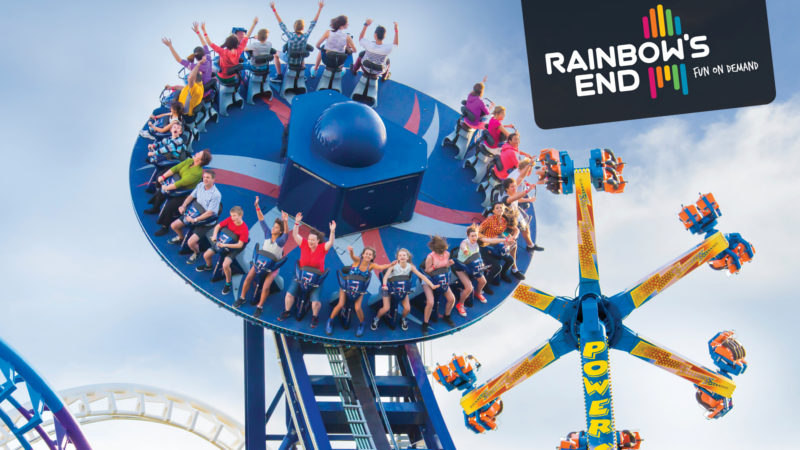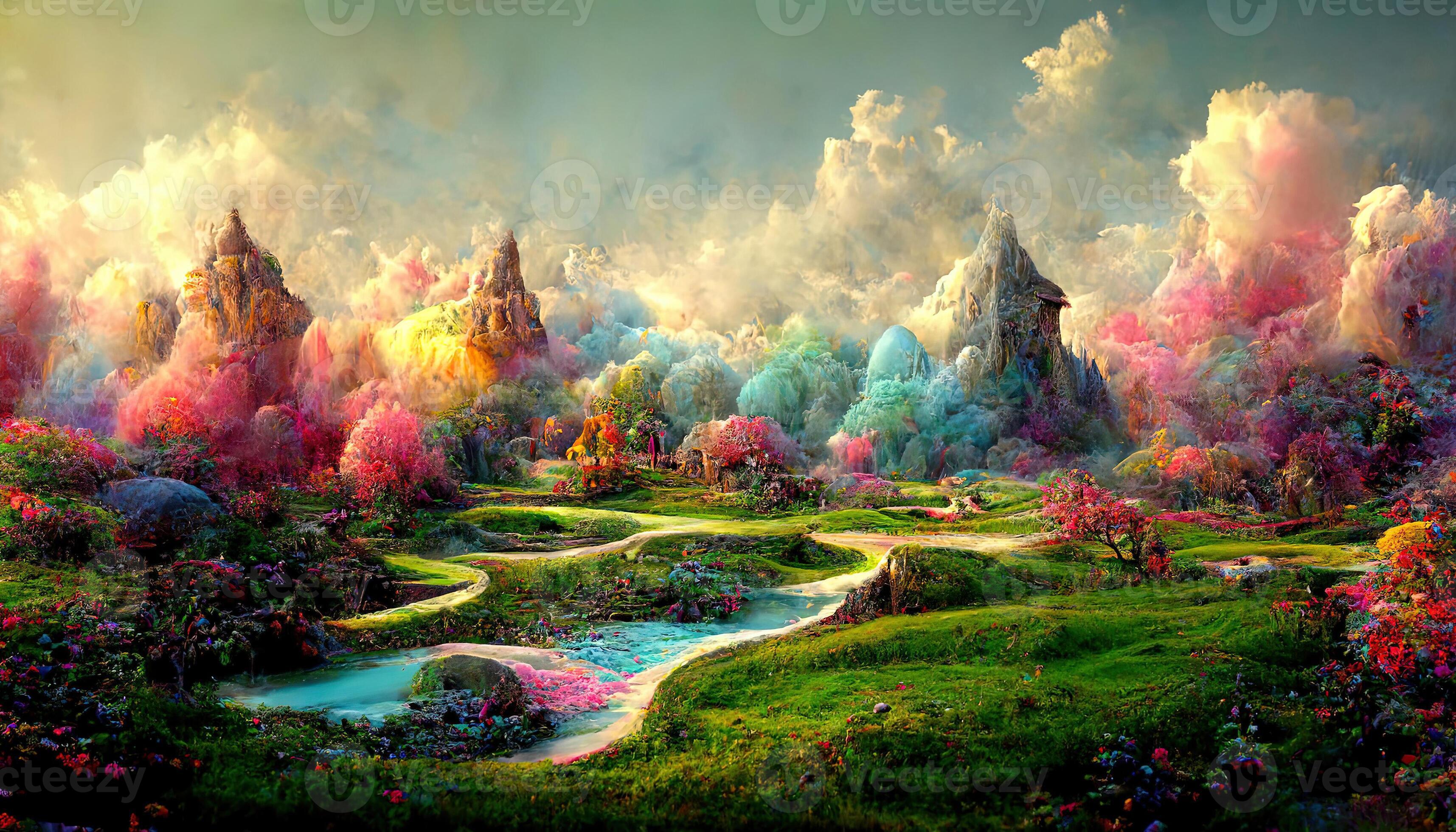Echoes of Fun: Unearthing the Lost Murals and Graffiti Art of Auckland's Abandoned Rainbow's End Rival
Auckland, New Zealand, is known for its vibrant culture and stunning landscapes. While Rainbow's End continues to be a popular destination for thrill-seekers, few remember its ambitious rival – a theme park that, for a brief period, promised even greater excitement. This park, now abandoned, holds a secret history etched in its walls: a collection of murals and graffiti art that tells a story of dreams, ambition, and eventual decline. This blog post delves into the forgotten world of this park, exploring the art that remains and the stories it whispers.

The Rise and Fall of a Theme Park Dream
The story begins with the vision of creating a theme park that would rival, and perhaps even surpass, Rainbow's End. The project was ambitious, with plans for elaborate rides, themed zones, and attractions designed to draw crowds from across the country. Initial investment poured in, construction began, and the park seemed poised for success. However, a combination of factors, including financial difficulties, construction delays, and perhaps a misjudgment of the market, led to the project's downfall. The park never fully opened, and its partially completed structures were left to the elements.
The exact name of the park has faded from public memory, often referred to simply as "Rainbow's End Rival" or "The Abandoned Theme Park." Its location, while known to some urban explorers, is often kept discreet to prevent further damage or vandalism. The park's history is a cautionary tale of the risks involved in large-scale entertainment ventures, and a reminder that even the most promising projects can succumb to unforeseen challenges.
Despite its failure, the park left behind an unexpected legacy: a canvas for artists and urban explorers. The unfinished walls and structures became a magnet for creative expression, transforming the abandoned site into an unofficial art gallery.

Discovering the Murals: A Glimpse into the Past
The murals and graffiti art found within the abandoned theme park offer a unique window into the past. These artworks, created over the years by various artists, reflect different styles, themes, and messages. Some murals depict fantastical creatures and scenes, perhaps inspired by the original vision for the park. Others are more abstract, expressing personal emotions or social commentary. The art provides a tangible link to the park's history and the people who have interacted with it over time.
Exploring the murals is like piecing together a puzzle. Each artwork contributes to a larger narrative, revealing the park's evolution from a place of potential to a space of abandonment and artistic expression. The murals also serve as a reminder of the power of art to transform and revitalize forgotten spaces.
- Early Murals: Often related to the park's original theme or concept art that was never fully realized.
- Later Graffiti: Reflecting the urban culture and artistic trends of Auckland over the years.
- Collaborative Pieces: Evidence of artists working together, creating large-scale and intricate designs.

The Artists Behind the Art
Identifying the artists behind the murals is a challenging task. Many of the artworks are unsigned, and the artists themselves may prefer to remain anonymous. However, through research, interviews with local art communities, and analysis of artistic styles, it's possible to piece together some information about the individuals who contributed to the park's unique art collection. Some may be established street artists, while others may be amateur artists or simply individuals seeking a creative outlet.
The motivations of these artists are varied. Some may have been drawn to the park's abandoned state, seeing it as a blank canvas free from the constraints of traditional art spaces. Others may have been inspired by the park's history, using their art to comment on its rise and fall. Regardless of their motivations, the artists have played a crucial role in transforming the abandoned theme park into a place of artistic significance.
Tools like Adobe Creative Cloud and Procreate are now commonly used by muralists to plan and design their artwork before executing it on a large scale. These tools allow artists to experiment with different colors, compositions, and techniques, ensuring that their murals are visually stunning and impactful.

The Challenges of Preservation and Documentation
Preserving the murals and graffiti art within the abandoned theme park presents a significant challenge. The site is exposed to the elements, and the artworks are vulnerable to vandalism and decay. Without intervention, the murals will eventually fade and disappear, taking with them a valuable piece of Auckland's cultural history. Documentation is crucial to ensure that these artworks are not forgotten. This includes photographing and cataloging the murals, researching their history, and sharing their stories with the public.
Efforts to preserve and document the murals could involve collaboration between local art organizations, historians, and urban explorers. This could include creating a virtual tour of the park, publishing a book or website showcasing the artworks, or even organizing temporary exhibitions featuring photographs and stories about the murals.
- Photography: High-quality photographs are essential for documenting the murals before they deteriorate further.
- Archiving: Creating a digital archive of the murals, including information about their history and artists.
- Community Engagement: Involving the local community in the preservation and documentation efforts.

The Future of the Abandoned Theme Park
The future of the abandoned theme park remains uncertain. The site could be redeveloped, potentially erasing the murals and graffiti art that have become its defining feature. Alternatively, the park could be preserved as a cultural heritage site, allowing visitors to explore its history and appreciate its unique art collection. A third possibility is that the park will simply continue to decay, with the murals gradually fading into oblivion.
Ultimately, the fate of the park will depend on the decisions of landowners, local authorities, and the community. By raising awareness of the park's cultural significance and advocating for its preservation, it may be possible to ensure that its story is not forgotten. The murals and graffiti art serve as a powerful reminder of the park's past and a testament to the creativity and resilience of the human spirit.
Tools like Google Earth can be used to track the changes in the park over time, providing a visual record of its evolution and decay. This can be a valuable resource for researchers and historians interested in studying the park's history.

Visiting the Site: A Word of Caution
While the allure of exploring the abandoned theme park is undeniable, it's important to exercise caution and respect. The site is likely to be unsafe, with potential hazards such as unstable structures, broken glass, and overgrown vegetation. Trespassing may also be illegal, depending on the ownership of the land. If you choose to visit the park, do so at your own risk and be mindful of the environment.
Consider contacting local authorities or historical societies for information about the park's status and any restrictions on access. It's also advisable to go with a group and to inform someone of your plans. Remember to leave no trace behind and to respect the art and the history of the site.
If you are interested in urban exploration, consider joining a reputable organization that promotes responsible and ethical practices. These organizations can provide guidance on how to explore abandoned sites safely and respectfully.
Comments
Post a Comment